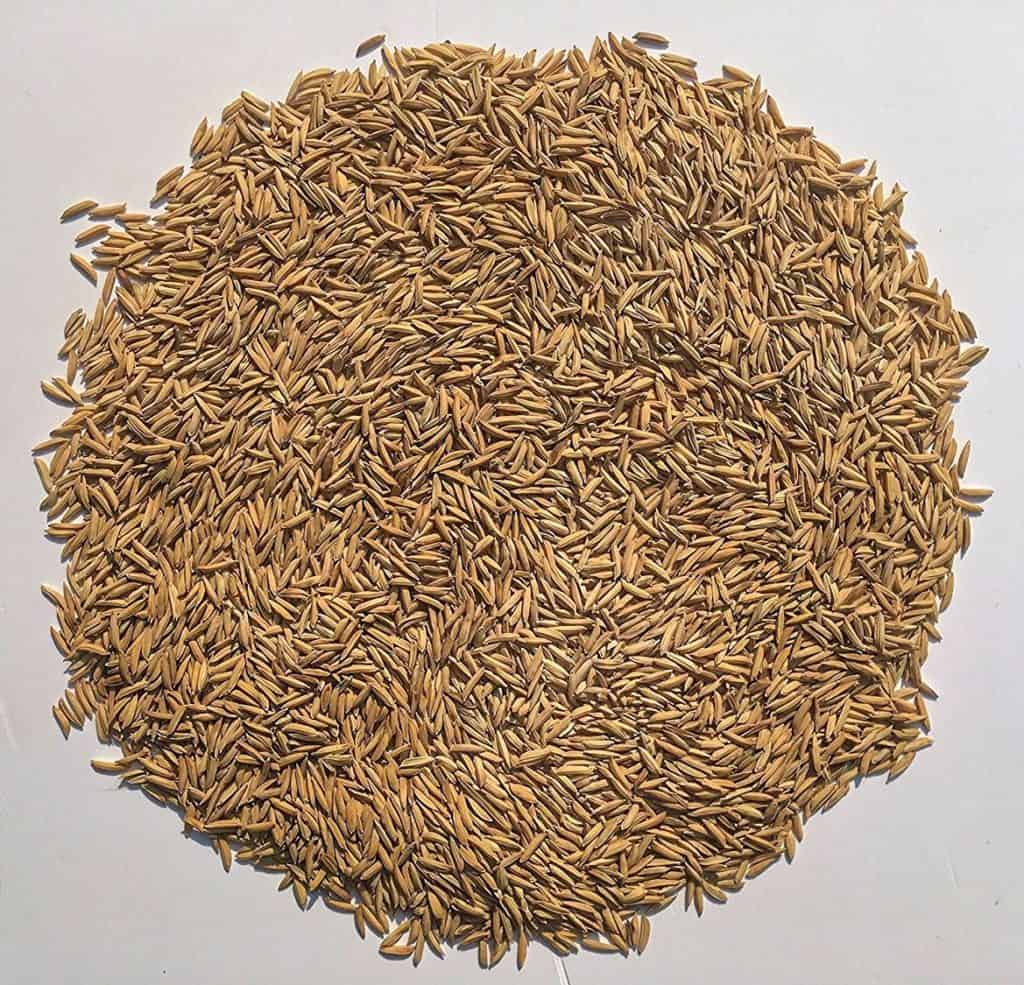India embarks upon ambitious journey to develop Hybrid Paddy seeds to increase it’s farmers income. On 10th September, Federation of seed Industry of India and Confederation of Indian Industry (CII) conducted a seminar on ‘Seed Technology Innovation for Sustainable Rice Production’ in New Delhi. The meeting aimed to discuss ways to improve the rice productivity sustainability and farmers income in India. Eminent scientists and senior government officials attended the meeting.
Hybrid Paddy seeds need to be developed for increasing farmers income. On 10th September, Federation of seed Industry of India and Confederation of Seed Indian Industry (CII) conducted a seminar on ‘Seed Technology Innovation for Sustainable Rice Production’ in New Delhi. The meeting aimed to discuss ways to improve the rice productivity, sustainability and farmer’s income. Eminent scientists and senior government officials attended the meeting.
India is second largest producer of rice after China annually producing 163 Million Tons. Rice is one of the chief crops in India with an acreage of 43.86 million hectares, which is the largest in the world. Hence, it is necessary to optimize rice productivity to sustain in the international market.
Production Cost
The average water inputs is 327 thousand billion liters for 163 Million Tons rice production in India. This implies that 1 kg of rice requires about 2000-3000 litres of water. Since hybrid seeds doubles the yield as compared to other varieties, thus optimising the use of inputs.
Dr M Ramasai, Chairman of FSII, acknowledging the problem and said, “Growing paddy is very expensive in India and we have not been able to reach our full potential due to several limitations. Support through policies will facilitate the adoption of technologies and sustainable practices to achieve our goal of doubling farmer’s income.”
Ram kaundinya , Director General of FSII, focusing on the importance of hybrid seeds said, “hybrid paddy is one of the most feasible and practically adaptable approaches for farmers as it gives 20-35% additional yield and is environmentally sustainable. It requires less water and Nitrogen as they grow in short duration, stress tolerant and better adapt in rainfed conditions. Hybrids have been key in increasing productivity of maize and cotton in India but not paddy so far.”
Crop Diseases
Hybrid seeds are resistant to various diseases and pest. Their tolerance towards water-deficit and soil degradation makes them disease resistant. In addition, hybrid seeds mature early thereby less prone to pests and diseases.
Problems with hybrid seeds
The investment cost of hybrid seeds is high and they cannot be used twice. However, according to FSII’s director, the investment cost in seeds is 5% of the total cultivation cost. Moreover, the hybrid seeds produce 20-30% more yield and saves labour cost in spraying of pesticides.
Rice Varieties Reducing
Ever since the Green Revolution, where government stressed farmers to use hybrid varieties over 75% of India’s rice production came from less than 10 varieties.
In conclusion, the advantages of the hybrid seeds surpass its cons. In order to increase the cost efficiency for farmers India requires high yielding hybrid. Scientists should find high yield varieties at the same time they should find ways to preserve various pure-breed varieties.

